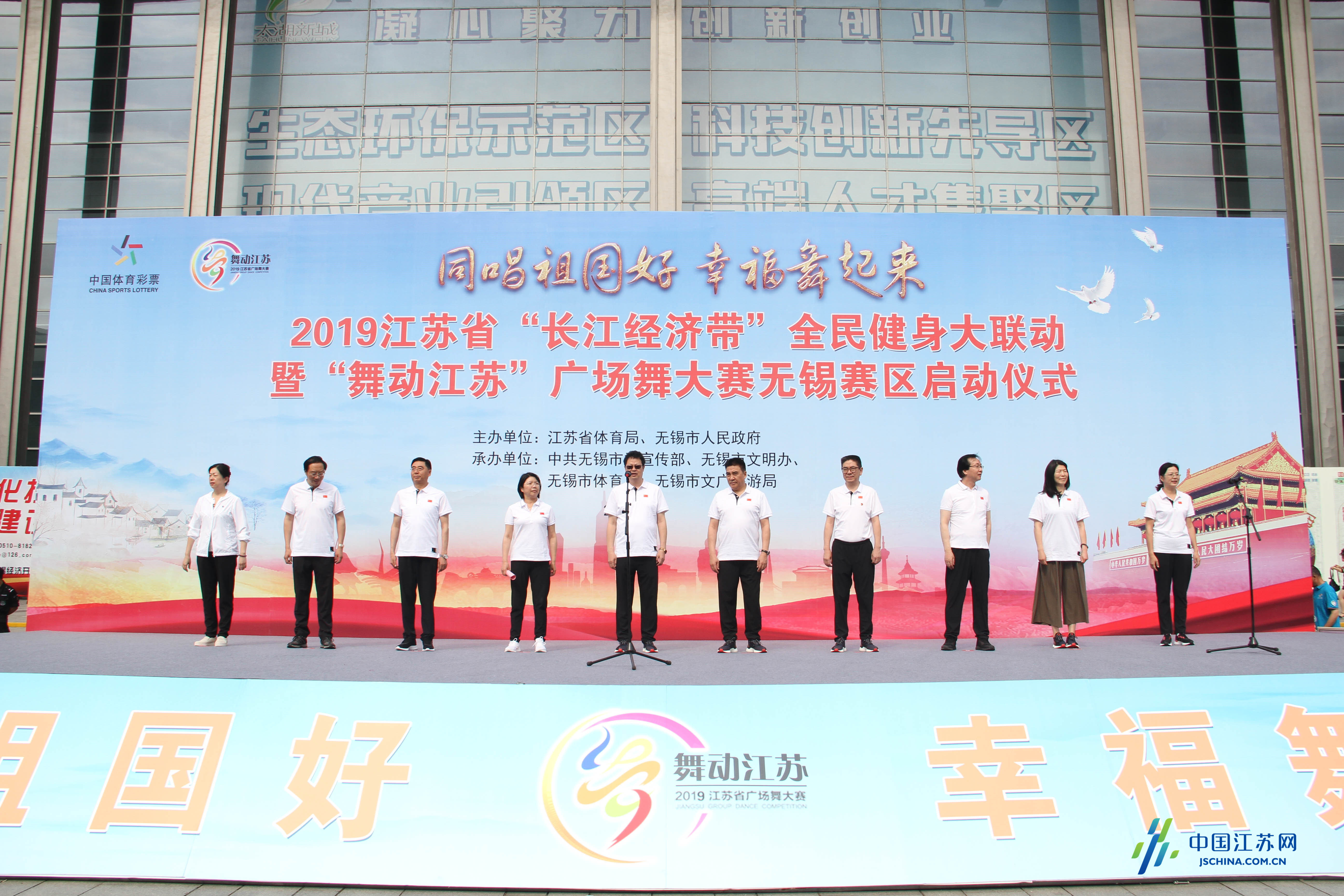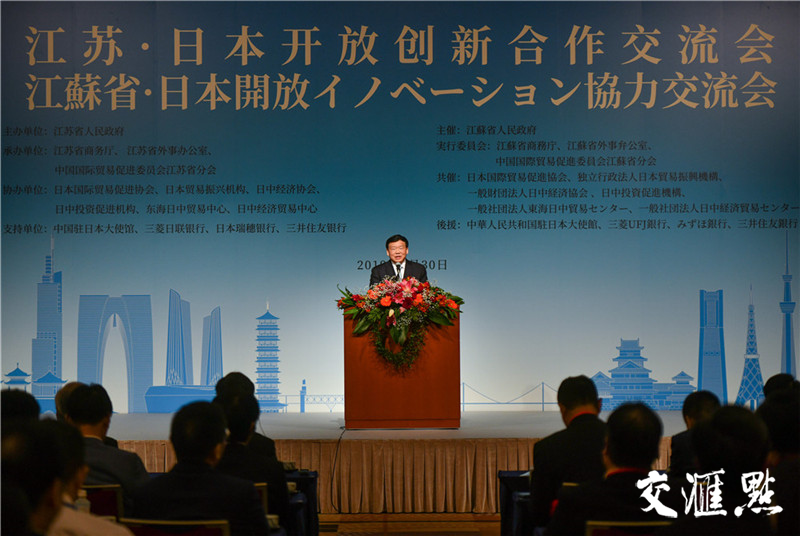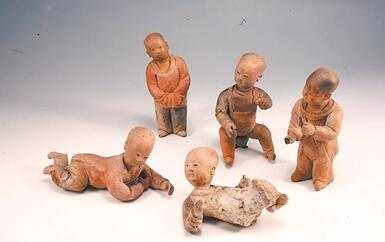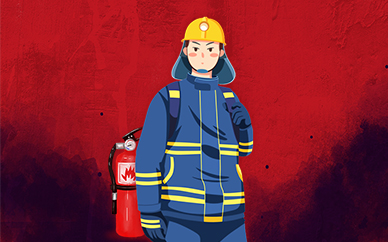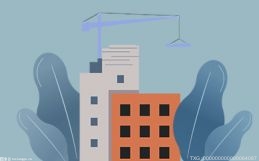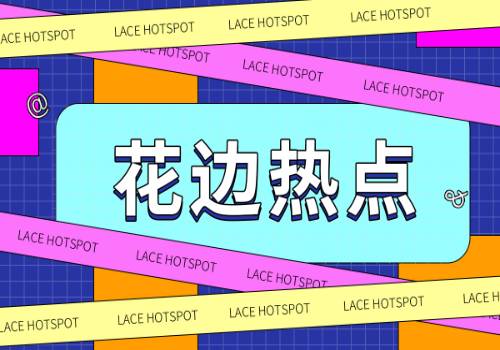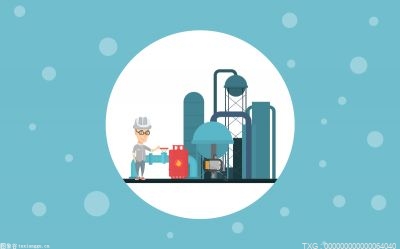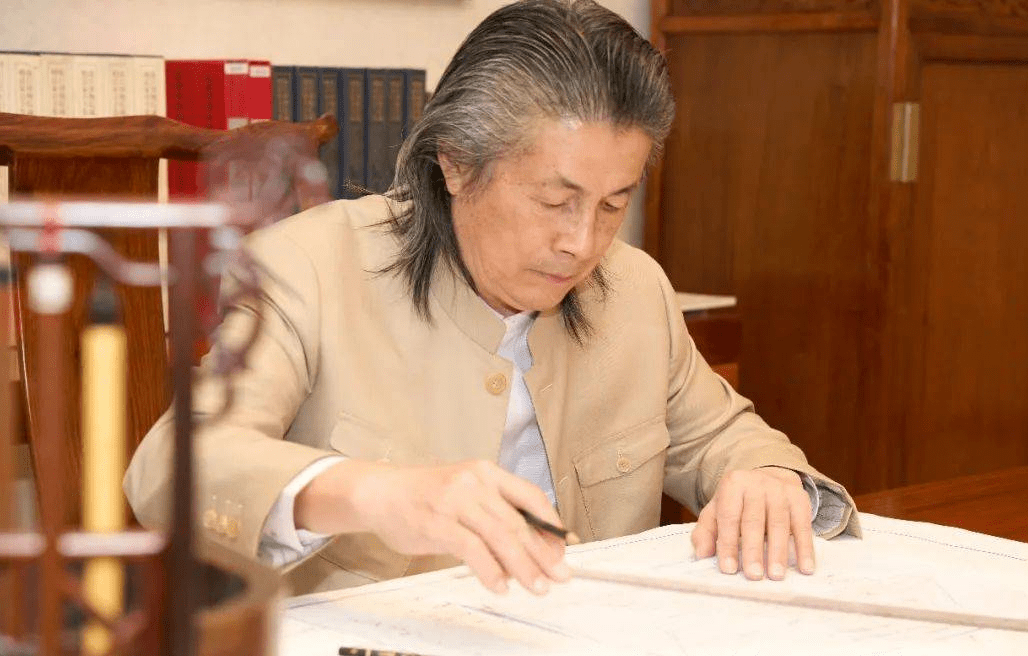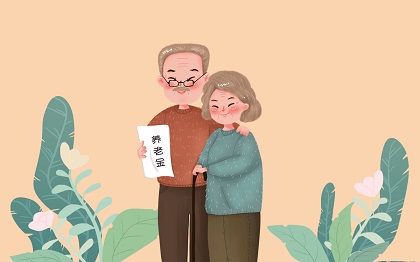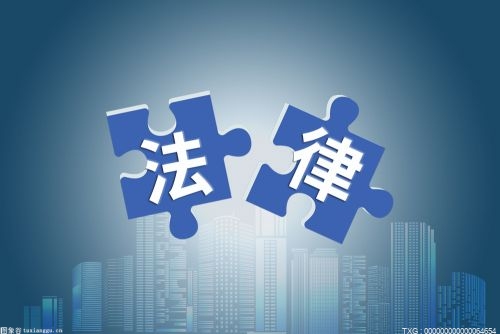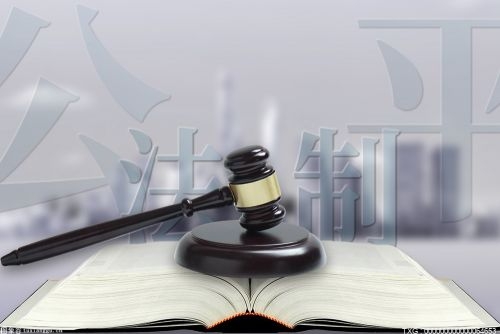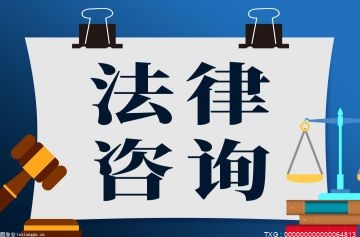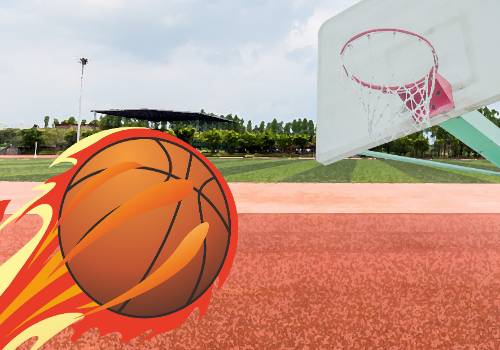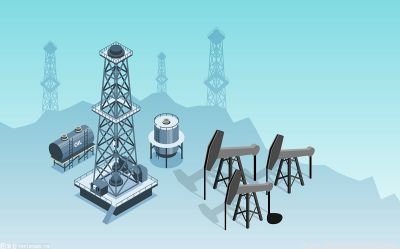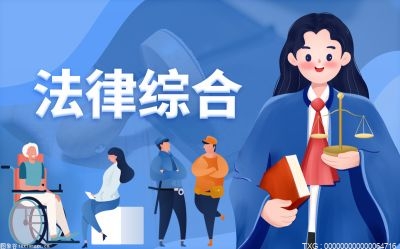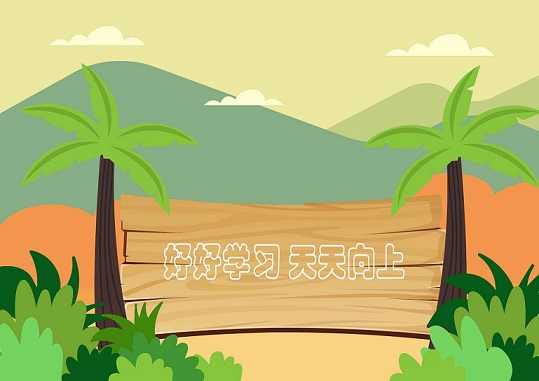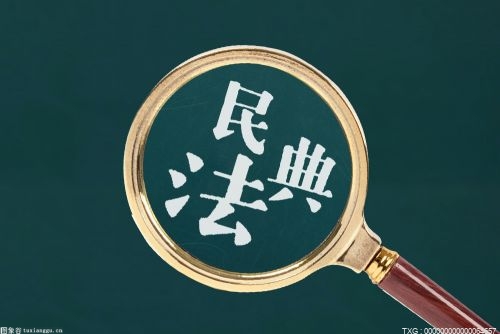A bird"s eye view of Jiangxiang village, Changshu city, Jiangsu province, April 24, 2023. [Photo/chinadaily.com.cn]
 (相关资料图)
(相关资料图)
Over 50 years ago, the average yearly income of the villagers in Jiangxiang village, Jiangsu province was less than 70 yuan ($10) but today all 200 families in the village have a two-story villa to live in and feel comfortable in many ways.
"I moved to the house in 2001 and paid a much lower price than the cost," said Wang Lanying, a villager in her 60s.
From 1995, a vast array of 220-square-meter two-story villas, painted in light pink or blue, have been designed and built in a uniform manner and allocated to each household.
"Each house cost around 300,000 yuan to construct, but the villagers only needed to pay 128,000 yuan. The rest was covered by the village collective," said Chang Desheng, 79, the village"s Party chief.
Targeted subsidies have also been provided to elderly care, medical care and education.
Men can get a pension when they reach 58 and women when they reach 55. The pensions vary from 600 yuan to 2,300 yuan a month. The village covers 50 percent of out-of-pocket medical expenses. Scholarships are offered to students who are enrolled in universities as undergraduate or postgraduate.
Livestock is raised on paddy fields in Jiangxiang village, Changshu city, Jiangsu province, April 24, 2023. [Photo/chinadaily.com.cn]
Such generous welfare is built on the village"s economic success over the years. In 2022, the village"s output value reached 1 billion yuan and the revenue 28.5 million yuan. The villager"s per capita disposable income reached 62,500 yuan with a year-end bonus from the village worthy of 100,000 yuan.
"Agriculture is the foundation; industry is the driving force; and the sound ecological environment and tourism are the new highlights," Chang shared as he explained the major sources of growth over the decades.
"In the 1960s and 70s, the village suffered from extreme poverty. Most farmlands were bottomland leading to poor yields. Villagers lived in dilapidated houses with dirt walls and thatched roofs," Chang recalled the situation when he became the director of the village at the age of 23 in 1966.
After a meeting with villagers hosted by Chang, they reached a consensus — their poverty was not destined and they could change their fate by working hard.
Chang and the villagers then spent more than 10 years improving the fields so they would better grow crops. They fetched soil from elsewhere to heighten and flatten the muddy hollows to avoid water logging. Agro-technicians were also invited to give instructions on how to increase yields.
Around 1,700 mu (around 113 hectares) of farm fields have been transformed and secured stable yields of over 500 kilograms of rice per mu.
A farmer shows the fertile dark soil in Jiangxiang village, Changshu city, Jiangsu province, April 24, 2023. [Photo/chinadaily.com.cn]
In recent years, the village has promoted organic agriculture to increase profit. The rice planters have replaced chemical fertilizers with organic ones such as livestock manure and duckweed.
"Though the yield per mu has dropped a little, we can still earn more with high-quality rice, which sells for 20 yuan per kg," said Jiang Yin, a large grain grower.
More than 20 years on, a small factory set up by the village has developed into a group company with an annual production value of 1 billion yuan, focusing on producing steel components for the construction industry.
While developing the industry, the village has not lost sight of the importance of their rural environment.
In 1993, the village built a chemical plant but shut it down two months after it was put into operation due to heavy pollution.
"Environment is fundamental to our village. I"d rather lose money than see a deteriorating environment," said Chang.
This photo shows the residential area in Jiangxiang village, Changshu city, Jiangsu province, April 24, 2023. [Photo/chinadaily.com.cn]
From then on, environmental protection has become a priority for the village. In 2000, a sewage treatment plant capable of treating up to 200 tons a day was built. Ecological forest belts have been created along the main road, with a length of 26 kilometers. Currently, the village"s green coverage rate has exceeded 60 percent.
The scenic rural landscape has been well preserved and later became a premise and advantage for the development of rural tourism in the village.
The diverse scenery including paddy fields, bamboo forests, lotus ponds, fruit and vegetable gardens, has attracted nearly 300,000 tourists every year for sightseeing purposes.
The village has also been equipped with a homestay, library, cinema, theater and science museum to provide more fun activities for visitors and villagers.
"In the future, we will further tap into agro-ecological resources, not only to beautify our living surroundings and boost growth, but also to leave a valuable asset for future generations," said Chang.
This photo shows paddy rice fields in Jiangxiang village, Changshu city, Jiangsu province, April 24, 2023. [Photo/chinadaily.com.cn]
This photo shows a row of two-story villas in Jiangxiang village, Changshu city, Jiangsu province, April 24, 2023. [Photo/chinadaily.com.cn]


